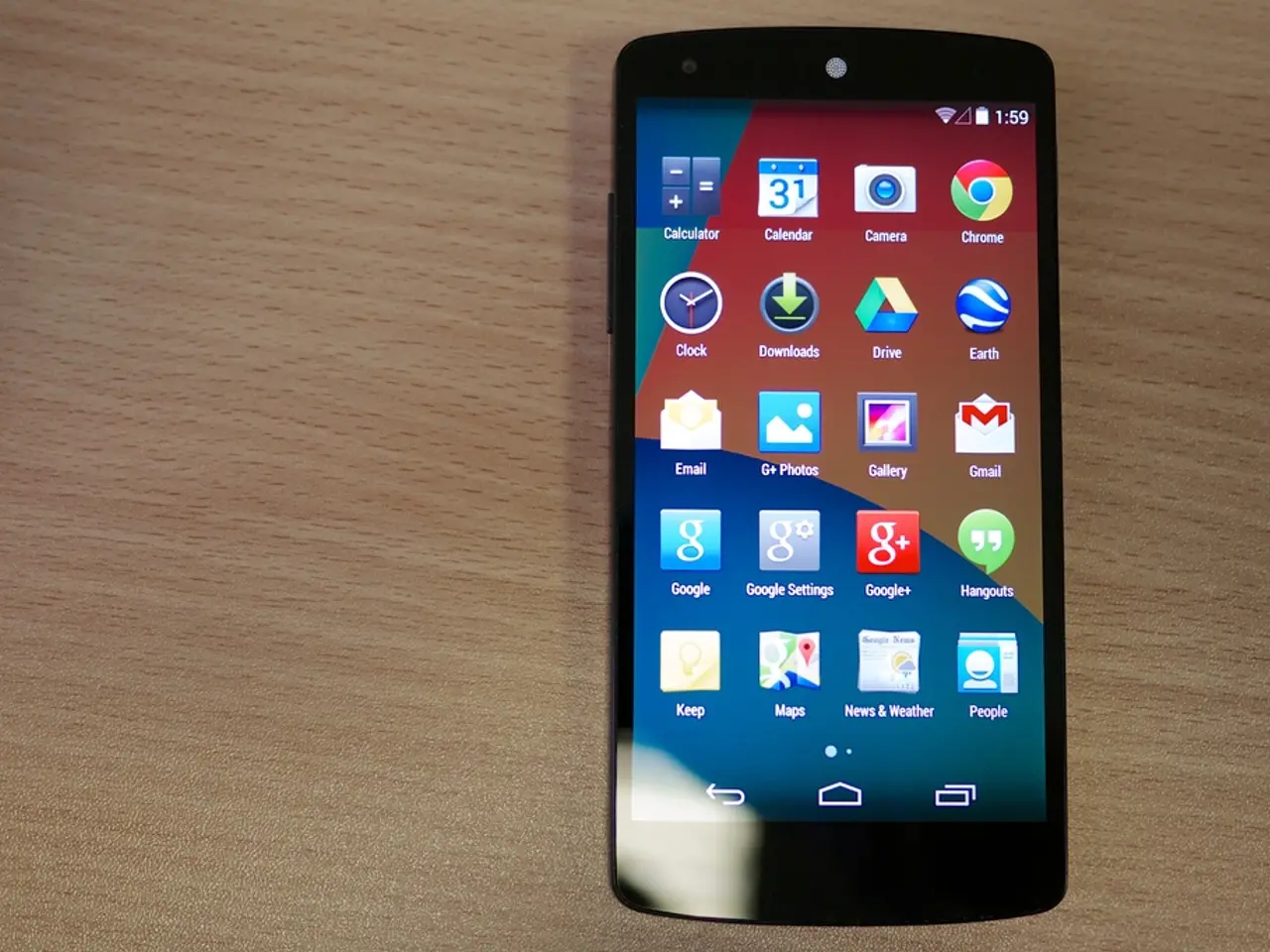Future Trends in Mobile Application Development for the Year 2025
In the ever-evolving world of technology, mobile app development is set to undergo significant transformations in the coming years. The trends for 2025 centre around advanced AI integration, multimodal interaction, 5G connectivity, augmented reality (AR) and virtual reality (VR) experiences, and cross-platform development frameworks.
Key detailed trends include the rise of AI-first apps with on-device AI and privacy focus. By the end of 2025, over 80% of mobile apps are expected to embed AI, shifting computation partly or fully on-device using frameworks like TensorFlow Lite and Core ML. This not only reduces latency but also enhances privacy by limiting cloud data sharing, supporting offline use cases, and driving core app functionality [1].
Multimodal interaction is another trend on the rise. Mobile apps are increasingly combining voice, touch, camera, and environmental inputs through AI to create immersive, seamless experiences. For example, scanning a landmark with a voice query and gesture control blends sensory data intuitively [1].
The rollout of 5G technology boosts mobile app speed, reduces latency, improves real-time data syncing, and enables more powerful IoT and streaming applications [2].
Augmented Reality (AR) and Virtual Reality (VR) continue to grow beyond gaming, reshaping retail, navigation, education, and entertainment on mobile. Over 1 billion mobile AR users are expected in 2025, with AR-driven shopping experiences increasing user engagement, browsing time, and purchase rates. Integration with wearable devices also expands, with AR in wearables predicted to grow fivefold by 2029 [2][5].
Cross-platform development frameworks like Flutter, React Native, Xamarin, SwiftUI, and Kotlin Multiplatform Mobile remain prominent. They enable developers to build native-like apps efficiently across multiple platforms from a single codebase, facilitating faster iteration and wider reach [4].
Other trends include offline-first functionality, no-code AI app generation and easy API integrations, the rise of sustainable commerce apps, the increasing use of dApps built on blockchain, the growing demand for multipurpose apps and aggregator apps, the integration of IoT with apps, the surge in demand for instant apps, and the popularity of integrating multiple payment gateways [3].
As we move towards 2025, the mobile app landscape will continue to evolve rapidly, with apps becoming crucial for business success and customer engagement. Emphasis on app security will become paramount, leading to the adoption of security measures like biometrics, multi-factor authentication, stringent policy regulations, optimized permissions, and more [6].
Governmental organizations and authorities will closely monitor the app ecosystem for potential threats and hazards. 5G technology is expected to revolutionize mobile app connectivity and performance, leading to the development of faster content streaming apps and gaming apps [7]. Chatbots will become more personalized and widespread, offering automated support and assisting customers throughout the funnel.
References:
[1] Medium: Mobile App Development Trends 2025
[2] Business Insider: The Future of AR in 2025
[3] Forbes: The Rise of Offline-First Design
[4] TechCrunch: Cross-platform Development Frameworks in 2021
[5] VentureBeat: The Future of AR in Wearables
[6] CSO Online: Mobile App Security Trends 2021
[7] ZDNet: The Impact of 5G on Mobile App Development
- In the coming years, AI-first apps with a focus on on-device AI and privacy will dominate mobile app development, as cloud data sharing is minimized and computation is moved partly or fully on-device.
- Mobile apps are expected to incorporate multimodal interaction, allowing for the blending of voice, touch, camera, and environmental inputs, creating immersive, seamless experiences.
- The rollout of 5G technology will significantly boost mobile app speed, reduce latency, and enable more powerful IoT and streaming applications.
- Augmented Reality (AR) and Virtual Reality (VR) experiences will extend beyond gaming, reshaping retail, navigation, education, and entertainment on mobile devices.
- Cross-platform development frameworks like Flutter, React Native, Xamarin, SwiftUI, and Kotlin Multiplatform Mobile will remain popular, enabling developers to create native-like apps efficiently across multiple platforms.
- Other prominent trends include offline-first functionality, no-code AI app generation and easy API integrations, the rise of sustainable commerce apps, the growing demand for multipurpose apps and aggregator apps, the integration of IoT with apps, the surge in demand for instant apps, and the popularity of integrating multiple payment gateways.
- With the evolution of mobile apps, emphasis on app security will become paramount, leading to the adoption of security measures like biometrics, multi-factor authentication, optimized permissions, and more.
- Governmental organizations and authorities will closely monitor the app ecosystem for potential threats and hazards, while 5G technology is expected to revolutionize mobile app connectivity and performance, leading to the development of faster content streaming apps and gaming apps.




